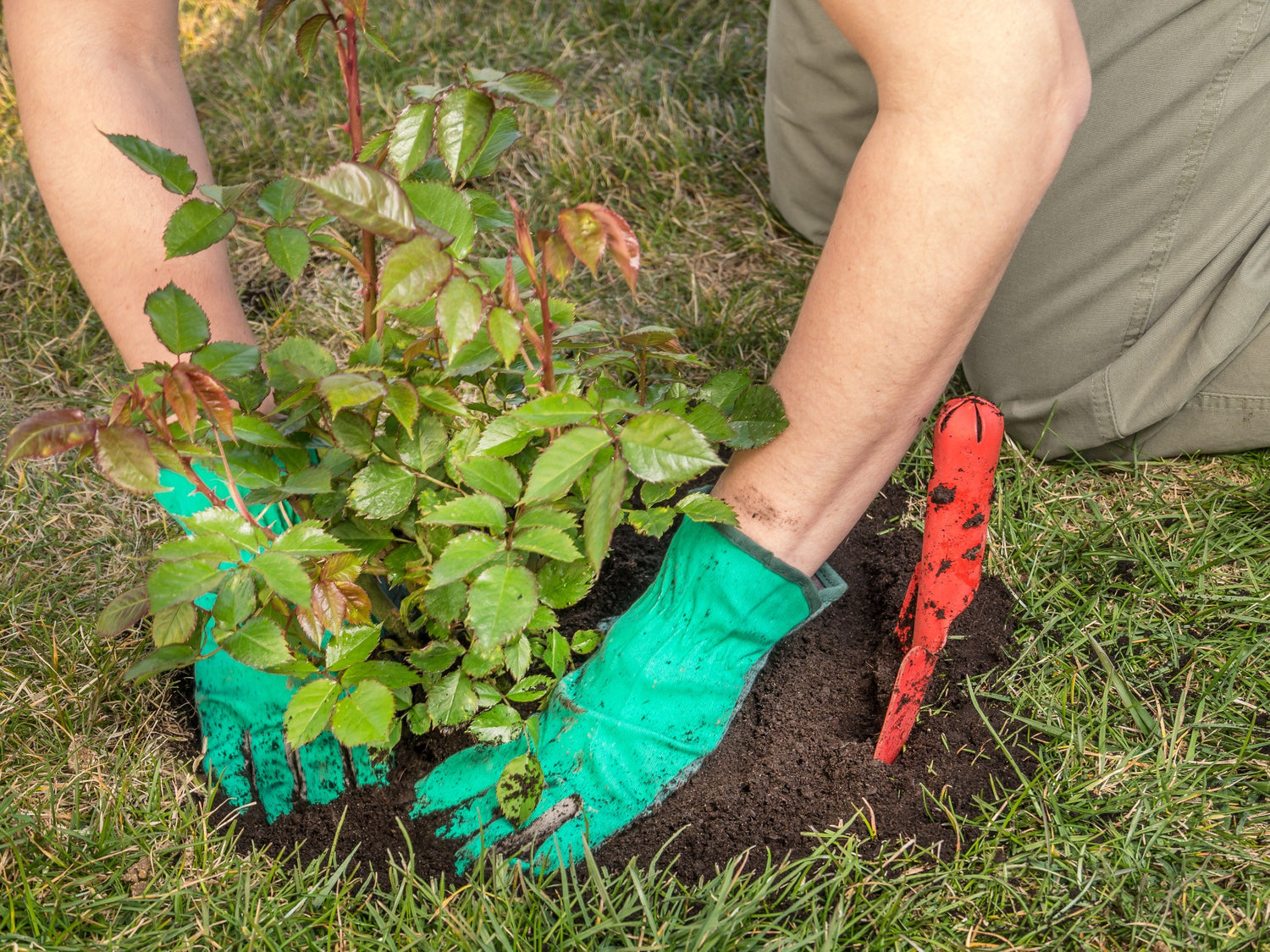
Planting roses
Getting your roses off to the best start is key to ensure they really succeed in your garden.
Time to plant - Our containerised roses are ready to be planted all year round.
Planting in the ground - Dig a hole large enough to take all the roots and then break up the soil at the bottom of the hole with a fork. Place the roots in the hole and back fill with a mixture of compost and left over soil from the hole. Firm down the soil with your heel to remove air pockets and ensure the union of branches and roots is just above the soil line.
Rose Replant Disease - Roses can't easily be planted where roses have been grown before due to a build up of bacteria and fungi from the previous plant. To avoid this plant new roses in a large cardboard box filled with fresh compost which will allow the new rose to become established before any roots reach the surrounding soil.
Planting in Containers - Roses are heavy feeders and need good root run for success. Choose a conatiner at least 30 - 45cm in diameter and depth and fill with a multi-purpose compost of your choice. Remember the large the rose the larger pot you will need to grow it in.
Using Mychorrizal Fungi - Mixing in products such as 'Rootgrow' can help roses get off to a better start by helping harbor beneficial fungi to get the roots off to a better start.
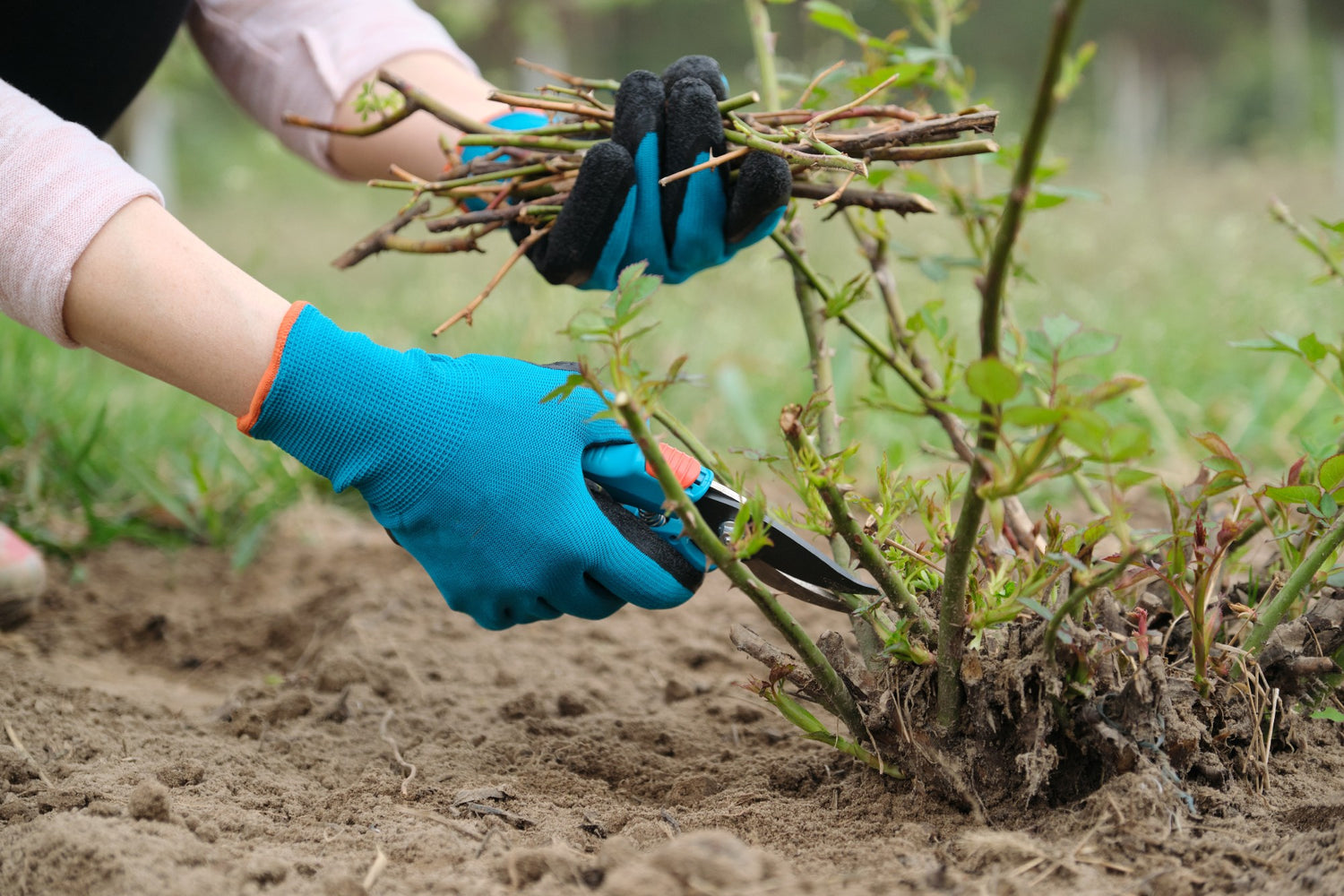
Pruning Roses
The key job each year with bush roses is to prune them back.
This applies to all Hybrid Tea, Floribunda, Cottage Garden and Patio roses.
Roses flower best on fresh young growth. It seems wrong to be cutting back good growth from last year but it really is best for the plant. Our family has a saying that having a gin and tonic before pruning your roses means you'll have the courage to go back hard enough.
Winter Preparation - In November, cut roses back by half to avoid any wind rock before the spring prune.
Mid March - Regardless of if plants are shooting, go through and cut back hard to 3-4 inches removing any wood stumps and very spindly growth. in our view worrying about inward / outward facing buds is less important than getting a the old wood out of the plant to encourage new growth. At the end you want 2 - 5 good strong stems coming from the union for the new season's growth to come from.
Through the summer keep dead heading any flowers that have gone over and cut back the whole shoot when over by a third to encourage new growth through the summer.
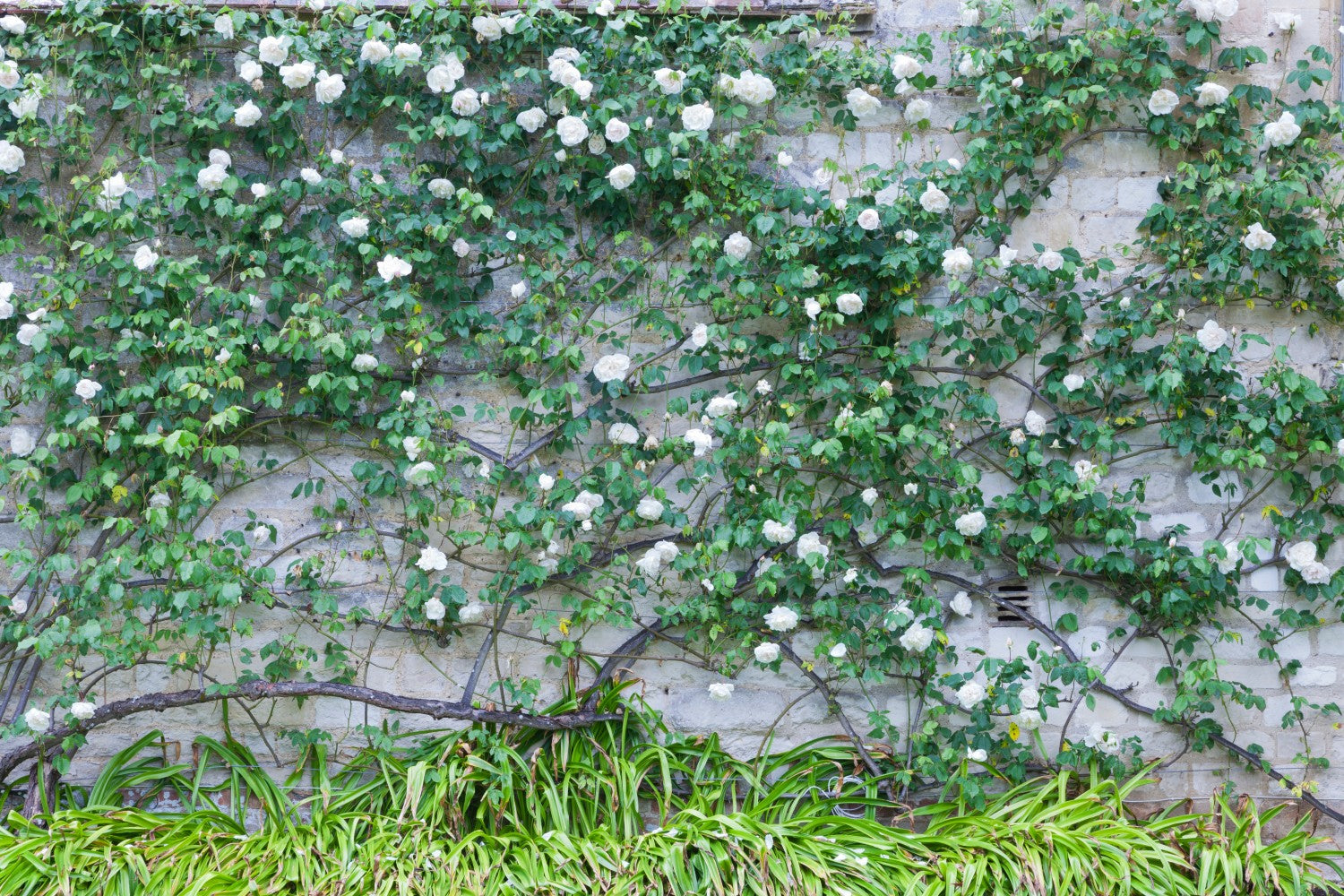
Climbing Roses
Climbing roses for the first 2 - 3 years cut back by a third in mid-March to encourage side shoots and start building the basic frame.
Roses naturally want to grow upwards so will only produce new growth and flowers from the top 3-4 buds of each stem. To stop this happening over the early years of a climbing rose's life you're looking to build a fan shape on the wall / fence / trellis you're training against with a series of strong branches coming out of the union. By bending the end of each branch downwards below horizontal this will encourage the rose to throw buds along the entire length of the branch and produce a spectacular display of flower.
Dead head through the summer and as the plant matures periodically cut out single older branches
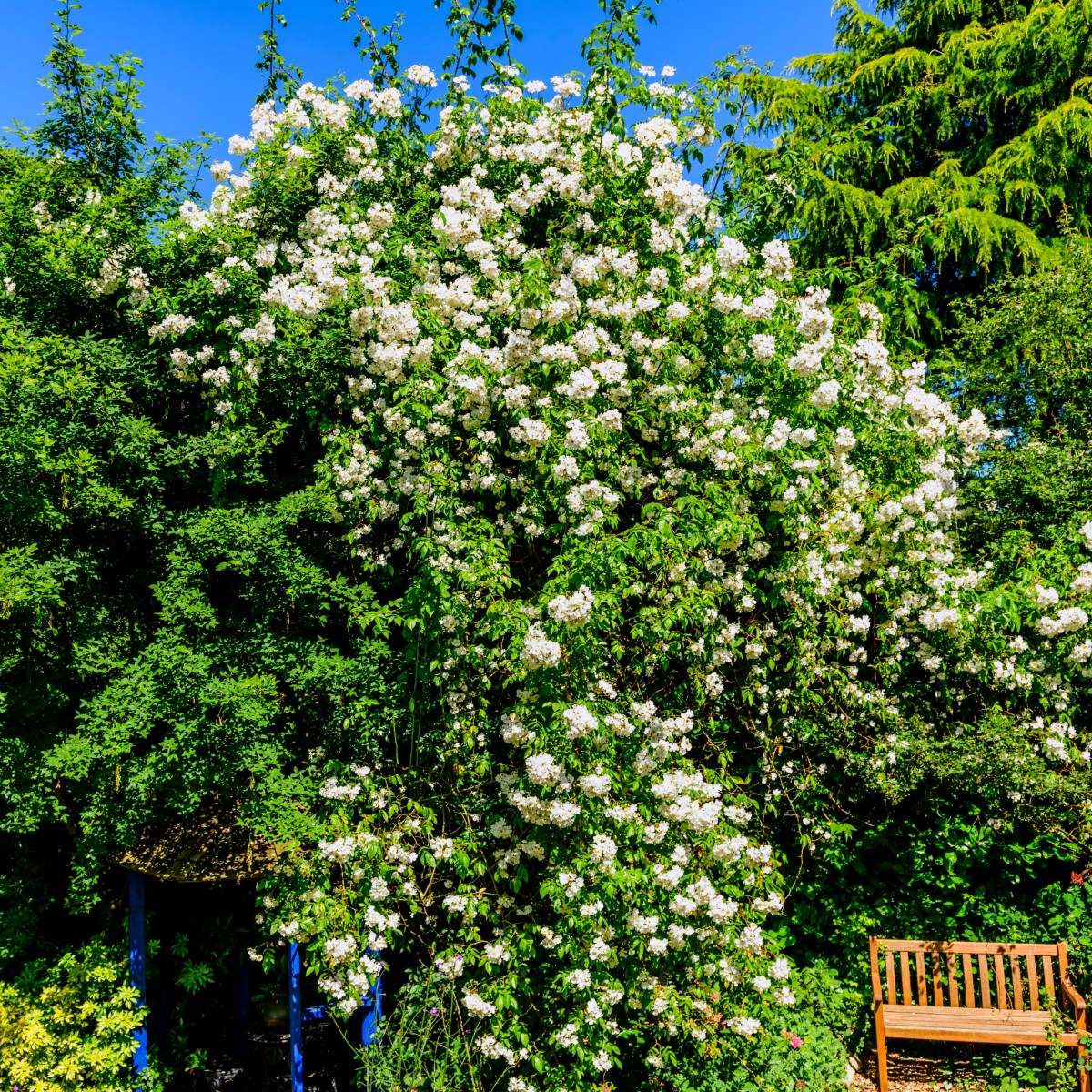
Rambling Roses
Rambling roses need little pruning except for the removal of old and dead wood in mid-March. These roses are mainly very large growing roses although if they do outgrow their area cut them back and thin out the growth as required.
Like Climbing roses if training onto walls or fences pointing the tips of branches downwards in a fan shape will help buds form all along the branches.
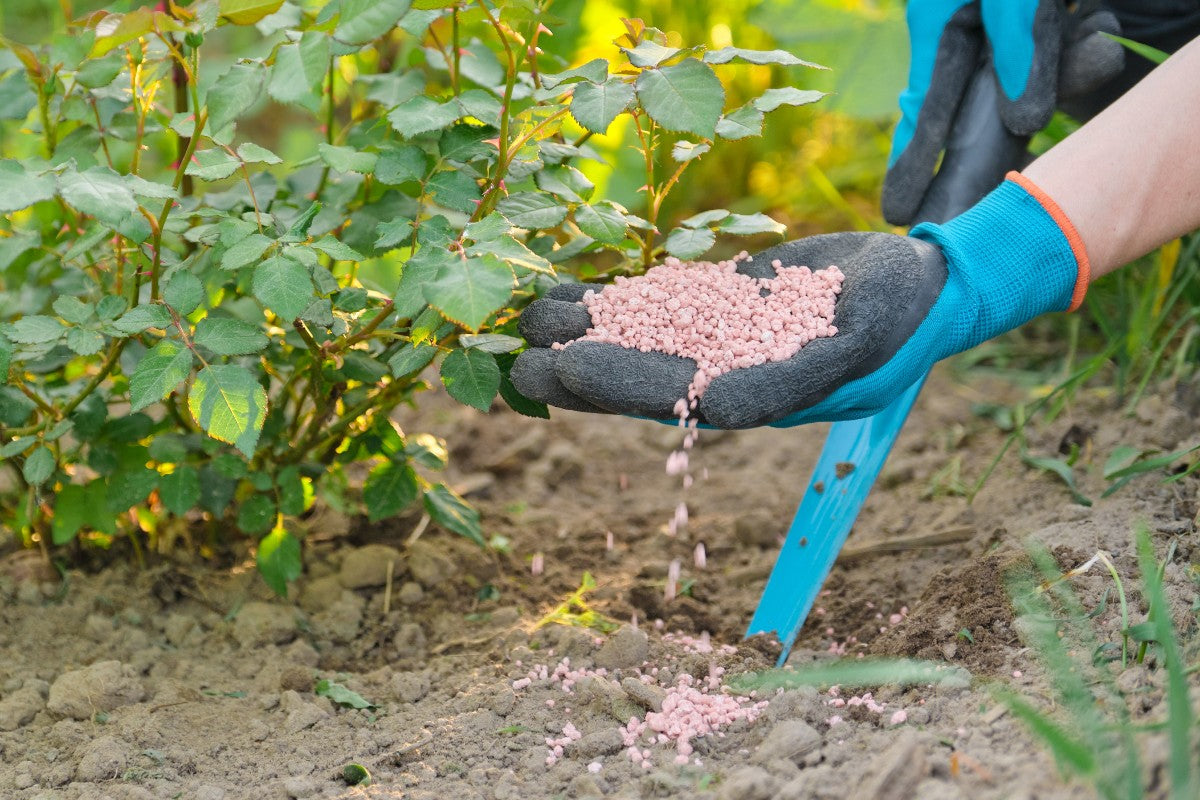
Feeding Roses
Roses are very hungry plants and really do well from a good feed whether in the ground but particularly when grown in pots. We recommend feeding at least twice a year;
Early Spring - Granular feed such as Growmore (about 1 handful per plant) or surrounding in a good well rotted manure to really give the plants food for their first flush of flowers. A top up feed for roses in pots or in low nutrient ground is encouraged in early summer after the first flush of flower is finished.
Early Autumn - Another feed of low nitrogen food can be given in early autumn as the plant starts to go dormant such as a blood fish and bone mix or chicken manure.
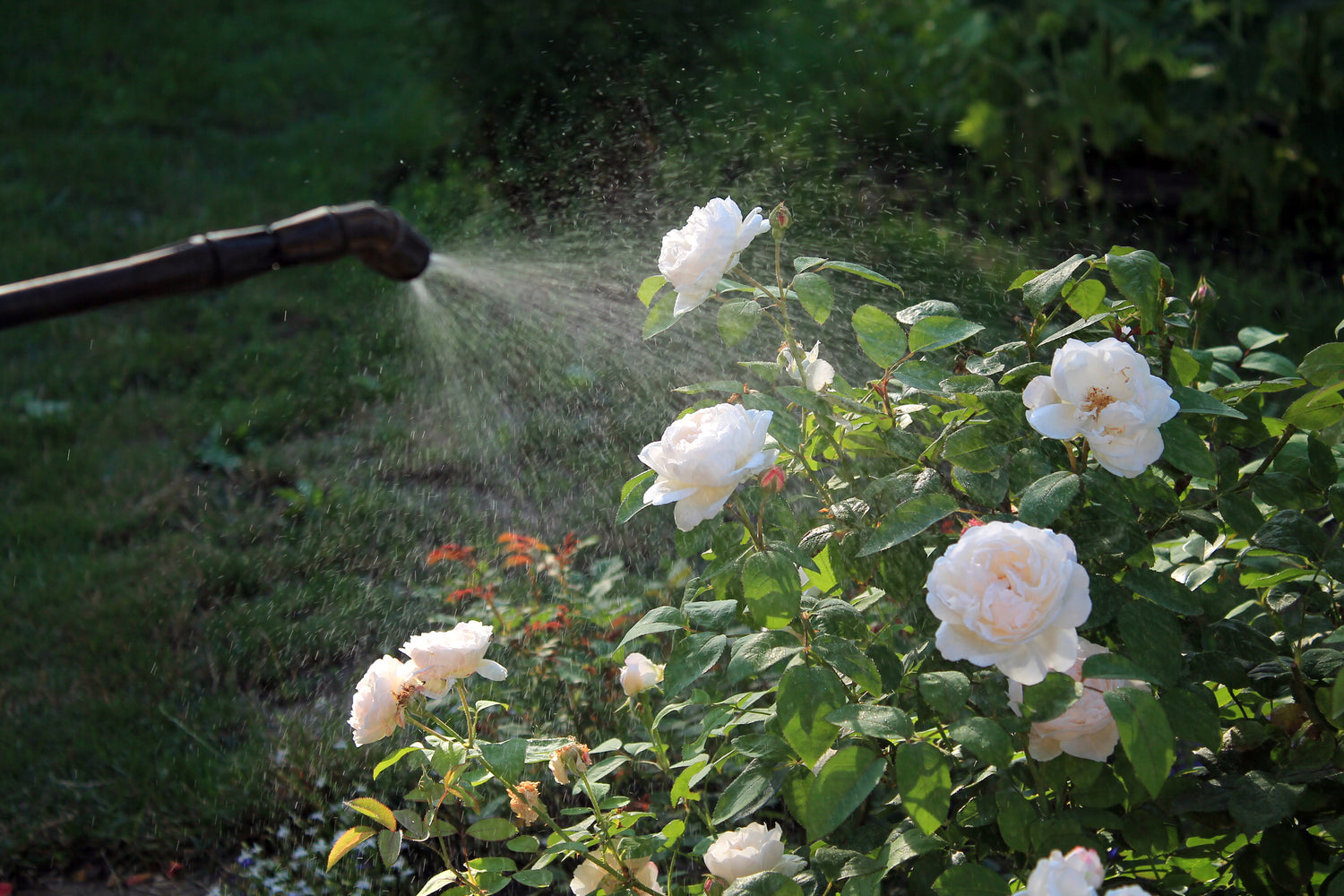
Keeping Roses Healthy
While we've worked hard to select varieties which show low levels of disease still take a proactive approach to keep them looking their best.
Proactive spraying - Spraying regularly through the summer with a fungicide & insectide mix such as Rose Clear Ultra or fungus clear will help keep most pests and diseases at bay.
Pruning your roses - taking away old diseased growth and opening up the canopy will help keep many diseases at bay.
Keeping rose beds clear - Clean away dead leaves in December / January will will help eradicate any over-wintering fungal spores.
